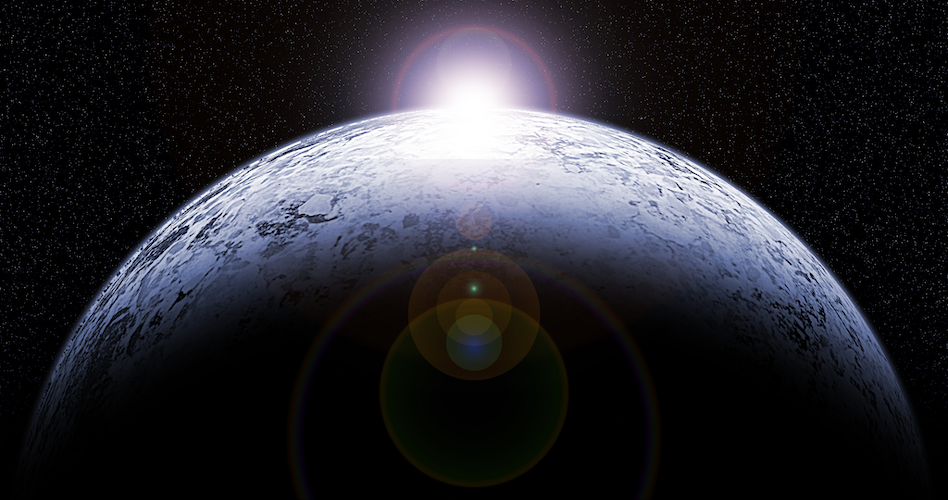
The course presents phenomena related to ice and snow, in the atmosphere and on the ground. It covers Earth and also other planetary bodies such as Mars, where both water and carbon dioxide ice exist. The course will start with the physical foundations in terms of phase diagrams, equations of state and ice lattice structures and finish with the environmental effects of ice on Earth, and how life, humans and ice interact. 2 practical projects will consist of field observations of snow and ice, including their structure and properties. Another practical will enable students to compare water and carbon dioxide ice. In a group project the students will put isotope data of terrestrial ice cores into the context of climate change.
The practical project will consist of snow sampling near Kiruna (Swedish Lapland) at a selection of field sites throughout the course, evaporating the water and analysing the refractory residue using AGH laboratories (Poland). Interpretation and analysis in the context of climate change will be provided. The results will be archived across academic years, giving future cohorts of students access to more time-resolved data.
